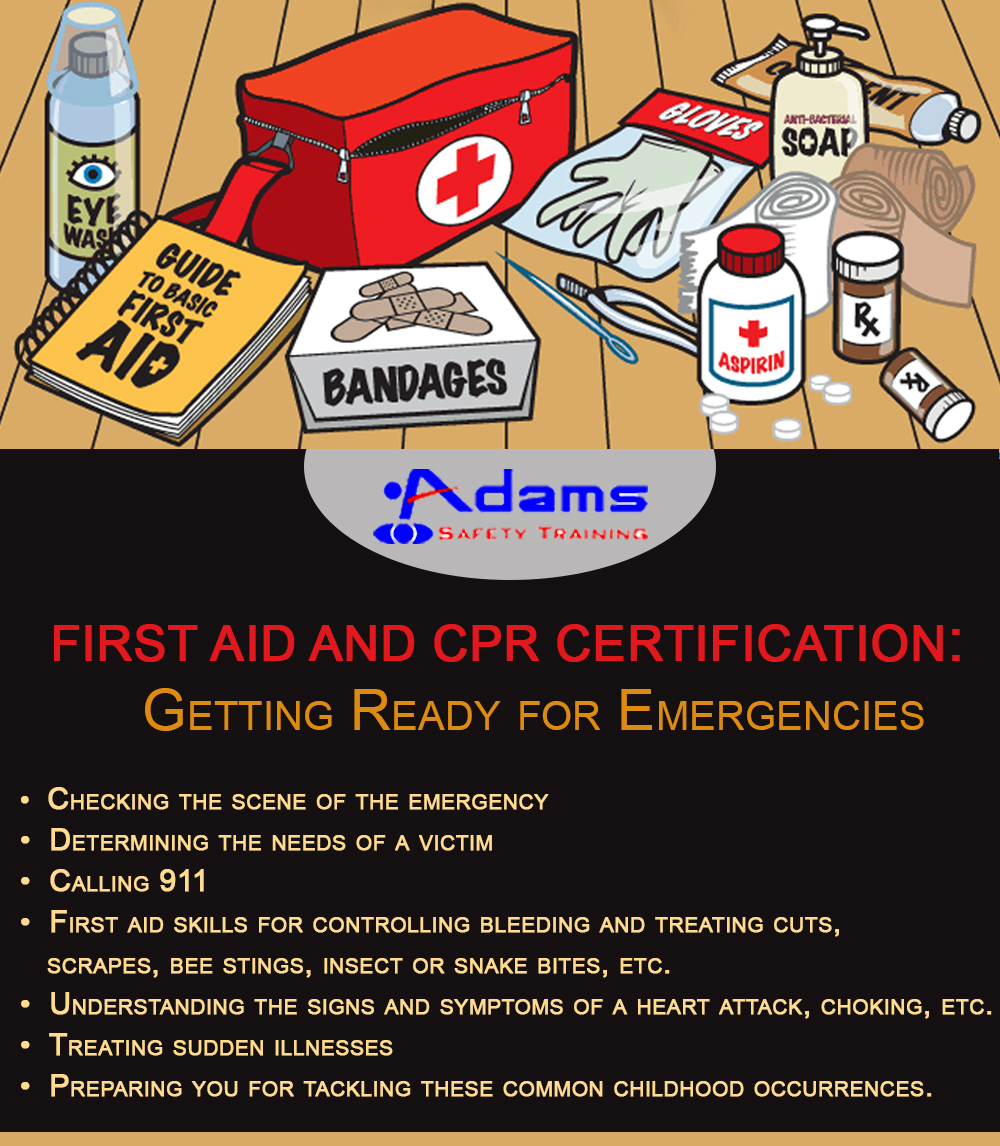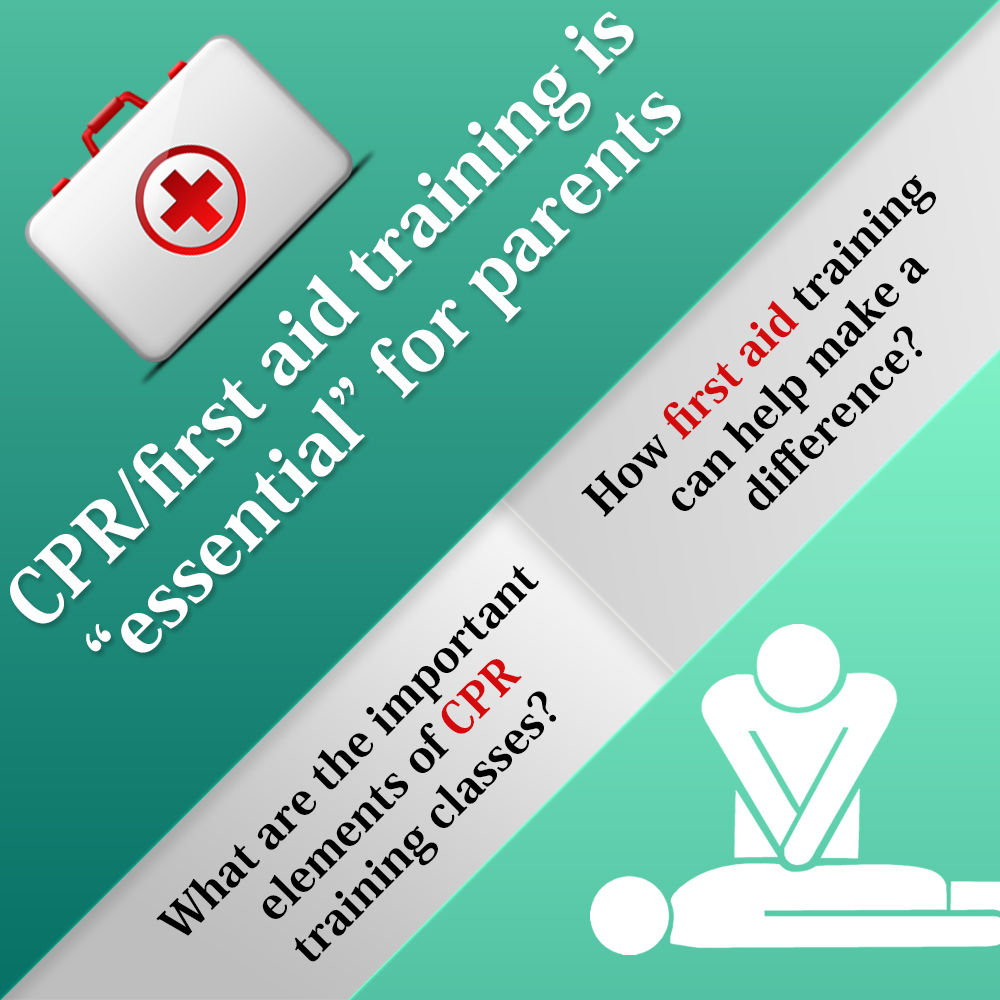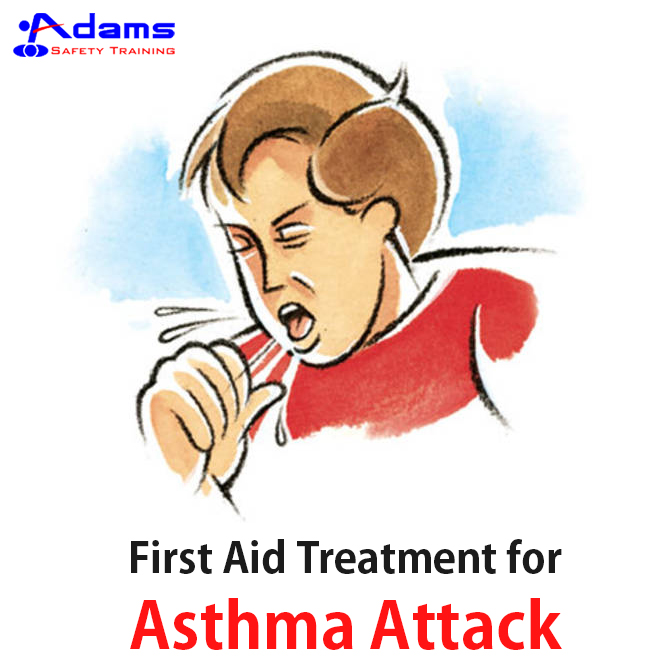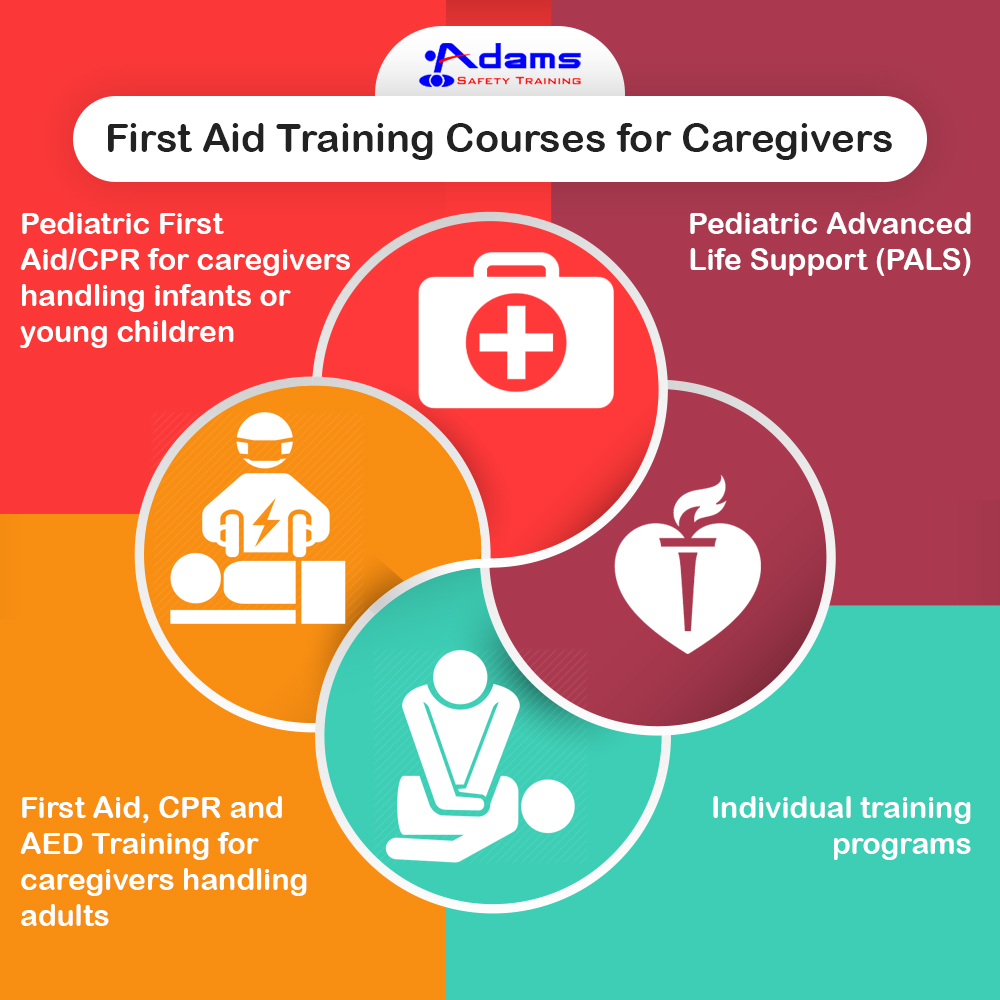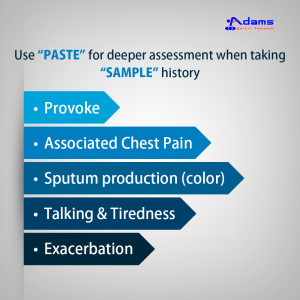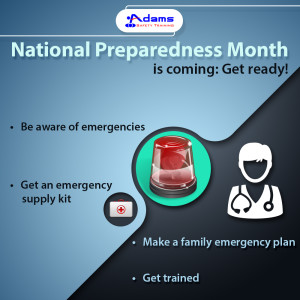Getting a first aid and CPR certification can prepare you for emergencies and make you a better caregiver. Nobody welcomes emergencies but being ready for them is much-required. A new parent, a senior care helper, a nanny or a babysitter, the value of CPR and first aid training is priceless in case of an emergency.
What will First aid and CPR training teach us?
• Checking the scene of the emergency
• Determining the needs of a victim
• Calling 911
• First aid skills for controlling bleeding and treating cuts, scrapes, bee stings, insect or snake bites, etc.
• Understanding the signs and symptoms of a heart attack, choking, etc.
• Treating sudden illnesses
• Preparing you for tackling these common childhood occurrences.
Finding the right First Aid and CPR Course
You can choose from online or in-person courses all around you. Many local hospitals and community centers offer First Aid and CPR programs or they can guide you in the right direction. You can also find safety training courses through the websites of the American Red Cross, the American Heart Association and the National Safety Council. These agencies offer a wide range of courses, aimed at helping both adult and child victims.
Maintain a First Aid Kit
Even if you are not able to get First Aid and CPR Training, you need to have a completely stocked first aid kit in your car, home, office and nanny bag. It’s quite resourceful during emergency — from scraped knees to snake bites to car accidents and earthquakes. Your kit should include things like different size bandages, antibiotic ointment, aspirin, hand sanitizer, gauze, scissors, etc. You can also purchase ready-made ones online.
While facing an emergency, dial 911 first. You need to have the skills to detect, assess and treat victims until professional medical personnel arrive.

